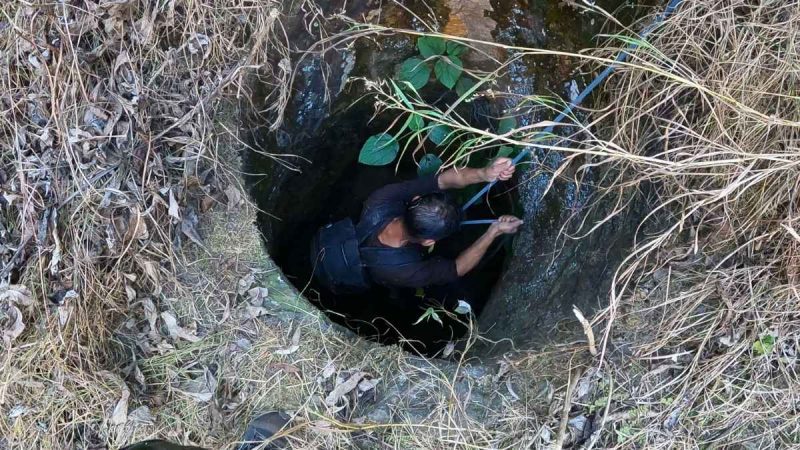An amazing archaeological discovery has been made near a tiny hamlet in Uttarakhand. A tunnel system has been discovered on a 400-metre-high cliff next to the river, about one kilometre from Gobradi hamlet in the Pithoragarh region of Uttarakhand. The location, which contains two separate sections, has attracted a lot of attention from historians who are keen to investigate its historical significance.
Investigation Into Significance of Tunnel in Uttarakhand
This discovery is of significant archaeological importance according to the Chairman of the Almora Archaeological Department, Dr. Chandra Singh Chauhan. There is a chance that a fort once stood at the location given the finding of tunnels and the remains of structures. The department will inspect the tunnels discovered in Gobaradi shortly.
He also added that they would be unable to make firm claims until a thorough examination of the area. Along with local people, mountaineer and historian Tarun Mahara was the first to investigate the tunnels. Mahara first entered the tunnel through a four-foot-wide entrance with his friend Chandan Karki.
Along with the remains of about 30 to 35 smaller houses nearby, they also found the remains of a sizable fort-like building. The inhabitants claimed that the tunnel system’s existence had been inherited from previous generations. Using ropes, cameras, and torches, Mahara and his group entered the tunnels to do additional research.
Mahara has informed District Magistrate Vinod Goswami and Kumaon Commissioner Deepak Rawat about the discovery. Since then, the location has been the focus of continuing investigation.
Brief History Of Uttarakhand
According to locals, one end of the closed tunnel may go to the river, while the other end may lead to a palace and Shiva temple. The Katyuri dynasty, which controlled the Kumaon region from roughly 700 to 1200 CE, is believed to have had a role in the site’s historical significance.
The dynasty is renowned for its accomplishments in architecture and culture, and it is said to have left a lasting legacy, as seen by the temples and inscriptions that still survive today. The first family in history to govern a united Uttarakhand was the Katyuri dynasty.
The tunnel may be related to the Saur kingdom of the Bam kings from Doti, western Nepal, according to historian Ajay Kumar Rawat. They established a settlement and fort in the area and were a branch of the Katyuri dynasty. The history of the region is complicated; it is said that the British destroyed the majority of the forts for strategic reasons.
Cover Image Credits: Tarun Mahara/Facebook

